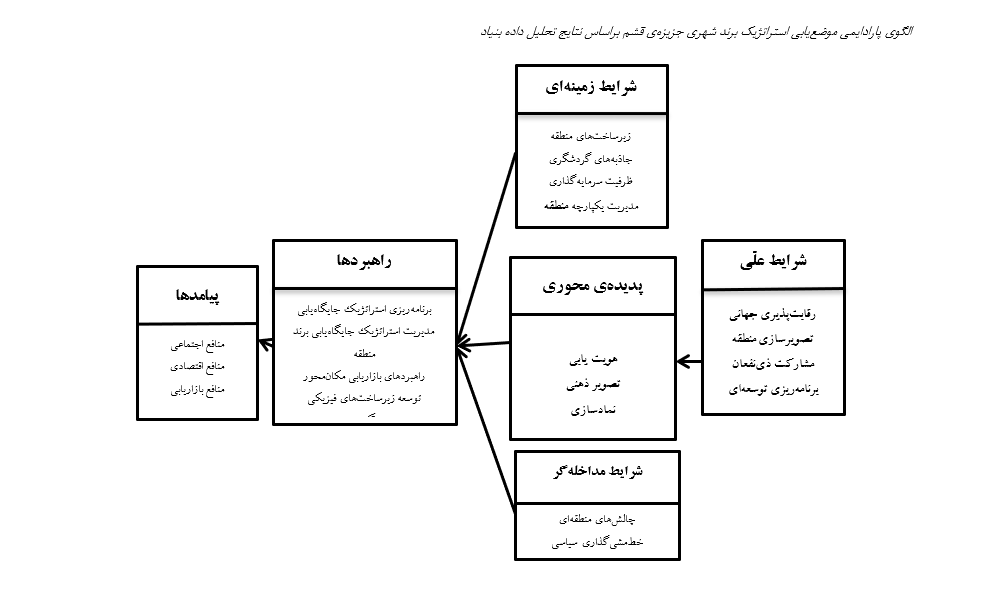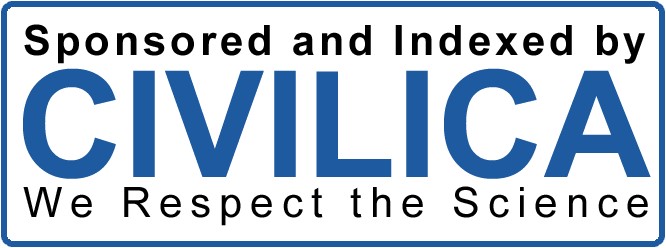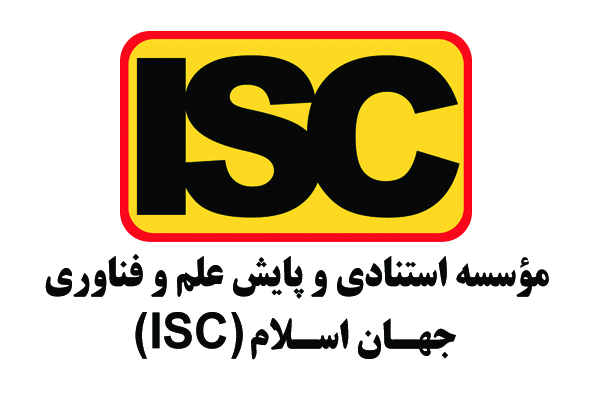ارائه مدل جامع جایگاهیابی استراتژیک جزیره قشم
کلمات کلیدی:
موضع یابی, موضع یابی استراتژیک, نظریه داده بنیاد, جزیره ی قشمچکیده
افزایش رقابت بین شهرهای داخلی منجر به نیاز به توسعه استراتژی بازاریابی موضعیابی شهر میشود. از این رو، پژوهش حاضر با هدف ارائهی مدل موضعیابی استراتژیک برند شهری جزیرهی قشم انجام گرفت. این پژوهش از لحاظ فلسفهی پژوهش، از نوع تفسیری است. از لحاظ جهتگیریهای پژوهش، از نوع کاربردی، از لحاظ روش و رویکرد از نوع کیفی- استقرایی و از لحاظ راهبرد پژوهش از نوع دادهبنیاد است. روش جمعآوری اطلاعات در تحقیق حاضر، روش کتابخانهای و سندخوانی و همچنین روش مصاحبه نیمهساختاریافته است. مشارکتکنندگان این پژوهش را خبرگان حوزهی بازاریابی و برنامهریزی استراتژیک تشکیل میدهند. نمونهگیری در این مطالعه با استفاده از روش گلوله برفی و براساس اصل اشباع نظری صورت گرفت که در نهایت دادههای این پژوهش از طریق انجام مصاحبههای نیمهساختاریافته با 13 نفر از مشارکتکنندگان پژوهش گردآوری و توسط کدگذاری باز، محوری و انتخابی تحلیل و قضایا و الگوی پژوهش ارائه گردید. نتایج پژوهش نشان داد که شریط علی شامل رقابتپذیری جهانی، تصویرسازی برند منطقه، مشارکت ذینفعان و برنامهریزی توسعهای منطقه، شرایط زمینهای شامل زیرساختهای منطقه، جاذبههای گردشگری، ظرفیت سرمایهگذاری و مدیریت یکپارچه منطقه، شرایط مداخلهای شامل چالشهای منطقهای و خطمشی گذاری سیاسی، پدیده محوری شامل موضعیابی استراتژیک برند شهری، راهبردها شامل برنامهریزی استراتژیک موضعیابی، مدیریت استراتژیک موضعیابی برند منطقه، راهبردهای بازاریابی مکانمحور، توسعه زیرساختهای فیزیکی و فرهنگسازی و پیامدها شامل پیامدهای اجتماعی، پیامدهای بازاریابی و پیامدهای اقتصادی میباشد.
دانلودها
مراجع
Björner, E. (2013). International positioning through online city branding: The case of Chengdu. Journal of Place
Management and Development, 6(3), 203-226. https://doi.org/10.1108/JPMD-03-2013-0006
Escourido-Calvo, M., Prado-Domínguez, A. J., Alejandro-Martínez, V., & Martín-Bermúdez, F. (2023). Repositioning
the City Brand in the Face of the Energy and Ecological Transition Paradigm. Sustainability, 15, 10922.
https://doi.org/10.3390/su151410922
Ezedudu, O., Lete, M., Correia, M., & Taylor, A. M. (2014). Competitive Advantage for Brand Positioning: The Case of
Sun City in South Africa. Tourism Review International, 17, 299-306.
https://doi.org/10.3727/154427214X13910101597283
Foudian, M., Karkehabadi, Z., & Kamiabi, S. (2023). Identifying Factors Affecting the Success of Urban Branding in
Achieving a Creative City (Case Study: Damghan City). Quarterly Journal of Geographical Studies of Mountainous
Areas, 3(1), 199-217. https://gsma.lu.ac.ir/article-1-289-fa.html
Ghorbani, S., Nazemi, E., Gandomkar, A., & Talebi, Z. (2022). Evaluation of the Components of Urban Branding with
Emphasis on Managing the Urban Branding Industry of Zanjan. Quarterly Journal of Sustainable City, 4(4), 73-86.
https://www.jscity.ir/article_141914.html?lang=en
Gómez, M., Fernández, A. C., Molina, A., & Aranda, E. (2018). City branding in European capitals: An analysis from
the visitor perspective. Journal of Destination Marketing & Management, 7, 190-201.
https://doi.org/10.1016/j.jdmm.2016.11.001
Govers, R. (2011). Guest editorial: From place marketing to place branding and back. Place Branding and Public
Diplomacy, 7, 227-231. https://doi.org/10.1057/pb.2011.28
Govers, R., & Go, F. (2009). Place branding: Glocal, virtual and physical identities, constructed, imagined and
experienced. Palgrave Macmillan. https://doi.org/10.1007/978-0-230-24702-4
Insch, A. (2014). Positioning cities: Innovative and sustainable strategies for city development and transformation. Place
Branding and Public Diplomacy, 10, 249-252. https://doi.org/10.1057/pb.2014.30
Janiszewska, K., & Insch, A. (2012). The strategic importance of brand positioning in the place brand concept: Elements,
structure and application capabilities. Journal of International Studies, 5(1), 9-19. https://doi.org/10.14254/2071-
2012/5-1/2
Kavaratzis, M. (2004). From city marketing to city branding: Towards a theoretical framework for developing city brands.
Place Branding, 1(1), 58-73. https://doi.org/10.1057/palgrave.pb.5990005
Lalehpoor, M., & Amirhosseini, P. (2020). An Analysis of the Position of Urban Brand Components (Case Study:
Maragheh City). Quarterly Journal of Sustainable City, 3(2), 63-77. https://www.jscity.ir/article_113199.html
Larsen, H. G. (2018). The 'mental topography' of the Shanghai city brand: A netnographic approach to formulating city
brand positioning strategies. Journal of Destination Marketing & Management, 8, 90-100.
https://doi.org/10.1016/j.jdmm.2016.12.005
Lucarelli, A., & Berg, P. O. (2011). City branding: A state-of-the-art review of the research domain. Journal of Place
Management and Development, 4(1), 9-27. https://doi.org/10.1108/17538331111117133
Lv, X., Zhang, C., & Li, C. (2024). Beyond image attributes: A new approach to destination positioning. Journal of
Tourism Management, 100, 1-16. https://doi.org/10.1016/j.tourman.2023.104819
Pakan, P., Sarvari, H., & Daneshvar, M. (2023). Explanation of the Paradigmatic Model of the Urban Branding Process
with a Qualitative Content Analysis of the City's Strategic Branding Program. Geographical Journal of Tourism
Space, 11(42), 1-18. https://www.magiran.com/paper/2469701/explaining-the-paradigm-model-of-the-urbanbranding-process-through-analyzing-the-qualitative-content-of-isfahan-s-strategic-branding-plan?lang=en
Parhizgar, M. M., Alizadeh Hossein Hajlou, T., Amini, M. T., & Ghamkhari, S. M. (2022). Identification and Explanation
of Competition in Strategic Positioning of the Apparel Industry. Strategic Management Studies, 14(53), 299-317.
https://www.smsjournal.ir/article_176433.html?lang=en
Rabbani, R., Jalali, S. M., & Mehrmanesh, H. (2019). Strategic Planning of Urban Branding in the Tourism Industry.
Quarterly Journal of Literary Management Studies, 11(38), 47-58. https://www.sid.ir/paper/968787/en
Vosoughi, L., Abdali, M., Khazaei, F., & Sarani, M. (2020). Exploring the Capacity of Urban Branding and Brand
Elements in a Tourism Destination Based on the Meaning Identity Approach. Quarterly Journal of Urban Tourism,
(3), 143-159. https://jut.ut.ac.ir/article_79210.html?lang=en
Ye, L., & Björner, E. (2018). Linking city branding to multi-level urban governance in Chinese mega-cities: A case study
of Guangzhou. Cities, 80, 29-37. https://doi.org/10.1016/j.cities.2017.10.018
Zhang, L., & Zhao, S. X. (2009). City branding and the Olympic effect: A case study of Beijing. Cities, 26(5), 245-254.

دانلود
چاپ شده
ارسال
بازنگری
پذیرش
شماره
نوع مقاله
مجوز
حق نشر 2025 تکنولوژی در کارآفرینی و مدیریت استراتژیک

این پروژه تحت مجوز بین المللی Creative Commons Attribution-NonCommercial 4.0 می باشد.










